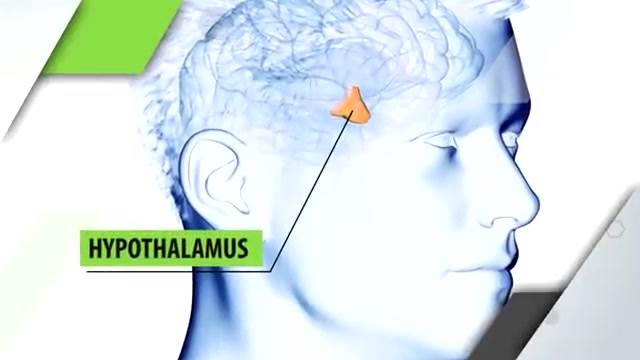
Exercise triggers a multitude of physiological changes in your body, affecting everything from your heart and lungs to your brain and hormones. Here’s a step-by-step look at what happens inside your body when you exercise and how these changes contribute to overall fitness and well-being.

Energy Production and Demand
When you exercise, your muscles require more energy, primarily in the form of adenosine triphosphate (ATP).
ATP is the energy currency of your cells, and your body only has a limited supply on hand. To meet the increased energy demands, your body rapidly creates more ATP.
One key process for generating ATP is glycolysis. This process converts glucose, a type of sugar derived from the food you eat, into ATP. Glucose is stored in your muscles and liver, ready to be broken down quickly to fuel your workout. However, glycolysis alone isn't enough to meet all energy needs, especially during intense exercise.
As you continue to exercise, your body also increases its demand for oxygen. Oxygen helps generate ATP more efficiently, which is why your heart rate and breathing rate rise during physical activity. Your heart pumps more blood to deliver oxygen to your muscles, and you start breathing faster to meet the higher oxygen demands. For example, during cardiovascular exercises like running or cycling, your body requires significantly more oxygen compared to weightlifting.

Cardiovascular Capacity and VO2 Max
Your maximum oxygen uptake, or VO2 Max, is a critical indicator of cardiovascular fitness. It represents the highest amount of oxygen your body can utilize during intense exercise. A higher VO2 Max allows you to perform better in endurance activities and recover more quickly. Regular cardiovascular training can improve your VO2 Max, enhancing your overall fitness and reducing the time needed to catch your breath after exertion.
Conversely, a low VO2 Max can lead to difficulties in breathing, increased fatigue, and muscle cramps, often referred to as side stitches.
These issues arise because a low VO2 Max means your body struggles to meet the oxygen demands, leading to inefficient energy production and increased muscle fatigue.
Metabolic Byproducts and Muscle Fatigue
As your muscles work harder, metabolic byproducts such as lactate, phosphate, and hydrogen ions accumulate. These byproducts can contribute to muscle fatigue and the burning sensation felt during intense exercise. While lactate was once thought to be the primary cause of muscle fatigue, recent research indicates that hydrogen ions are the main culprits.
They make the muscle environment more acidic, leading to discomfort and reduced muscle performance.
Increased blood flow to your muscles helps remove these byproducts and alleviate the burning sensation. This process supports continued muscle function and performance, but it also means that blood is diverted from other systems, like digestion. That's why eating a heavy meal before working out can lead to discomfort and digestive issues.
Brain Function and Hormonal Responses
Exercise also impacts your brain significantly.
Increased blood flow during physical activity reaches several critical areas, including the hippocampus, hypothalamus, and pituitary gland. The hippocampus, crucial for learning and memory, benefits from enhanced oxygen delivery, promoting neurogenesis or the creation of new brain cells. The hypothalamus helps regulate body temperature and water balance, while the pituitary gland controls various hormonal responses, including the release of cortisol, adrenaline, and growth hormones.
Growth hormone, often associated with muscle building, plays a role in mobilizing fat from fat cells for energy rather than directly enhancing muscle growth.
It also aids in maintaining connective tissues like tendons and bones.
Neurotransmitters and Mood
Exercise stimulates the release of several neurotransmitters, including endorphins, dopamine, gamma-aminobutyric acid (GABA), and serotonin. Endorphins act as natural painkillers, leading to the “runner’s high,” a euphoric feeling after intense exercise. Dopamine and serotonin enhance mood and pleasure, while GABA provides calming effects, helping to reduce anxiety.
Muscle Damage and Recovery
During resistance training or weightlifting, tiny tears develop in your muscle fibers, leading to muscle damage.
This process, known as muscle damage, causes the soreness you feel after a workout, especially if you are new to lifting weights. This soreness is a normal part of the muscle repair process, which ultimately leads to stronger and more resilient muscles.
Conclusion
Exercise initiates a complex series of responses in your body, from increased energy production and cardiovascular adjustments to hormonal changes and brain function enhancements. Understanding these processes helps highlight the benefits of regular physical activity, not only for improving fitness but also for overall health and well-being.
So, whether you're lifting weights, running, or cycling, your body is undergoing significant changes that contribute to both short-term performance and long-term health.
The article is not finished. Click on the next page to continue.
Next page


















